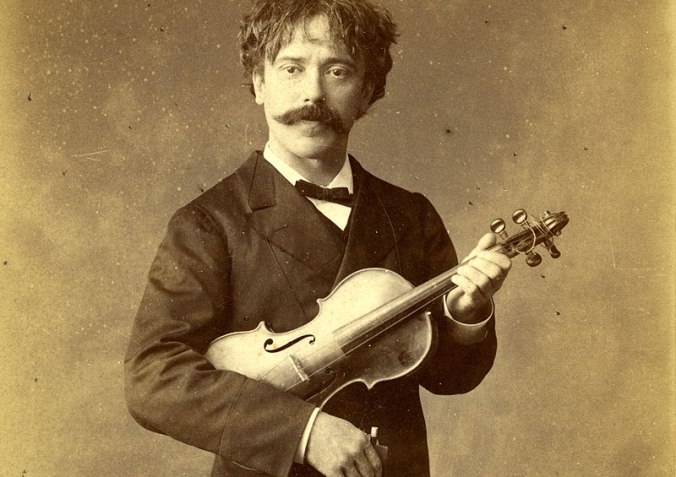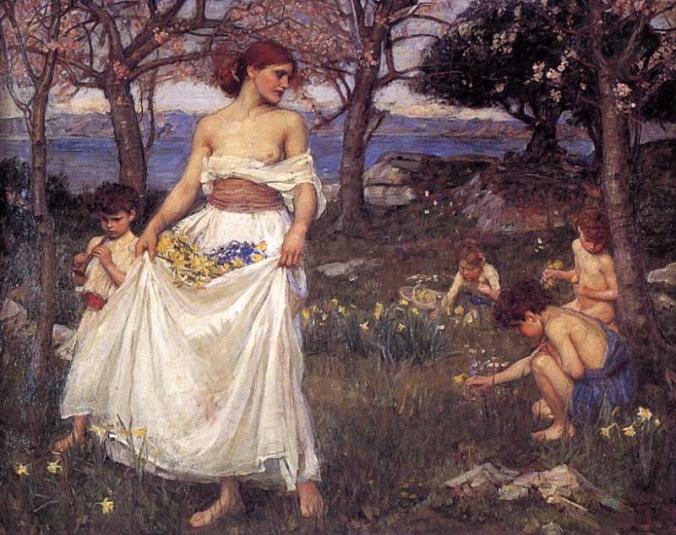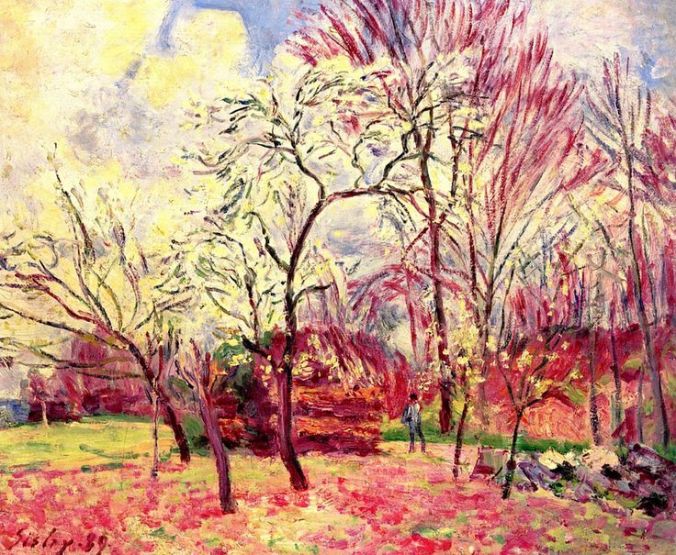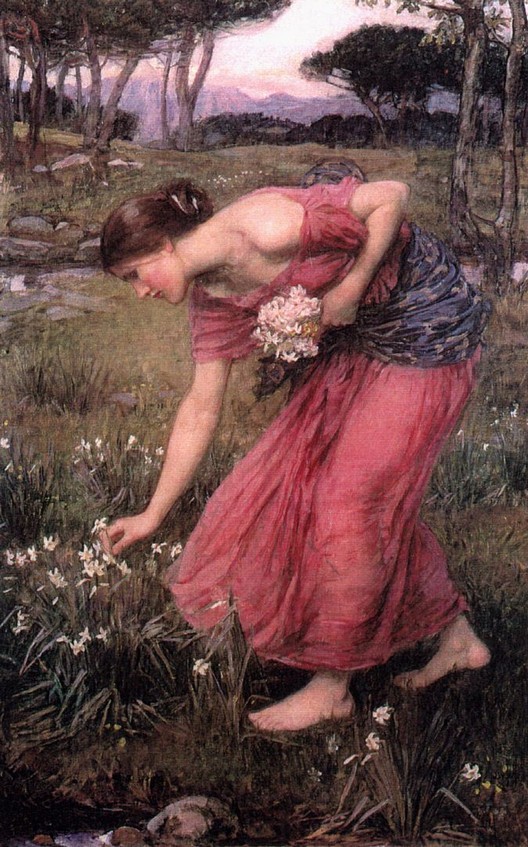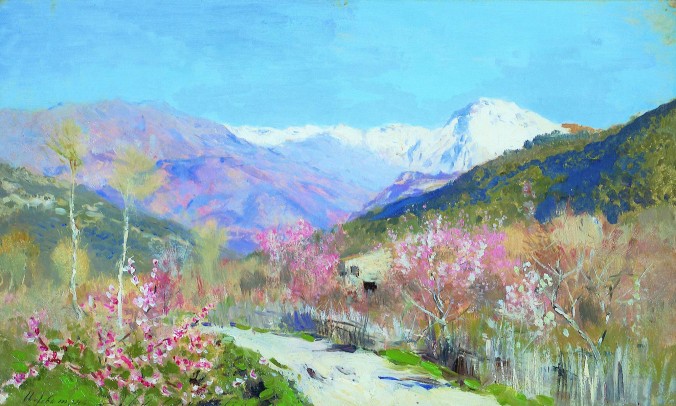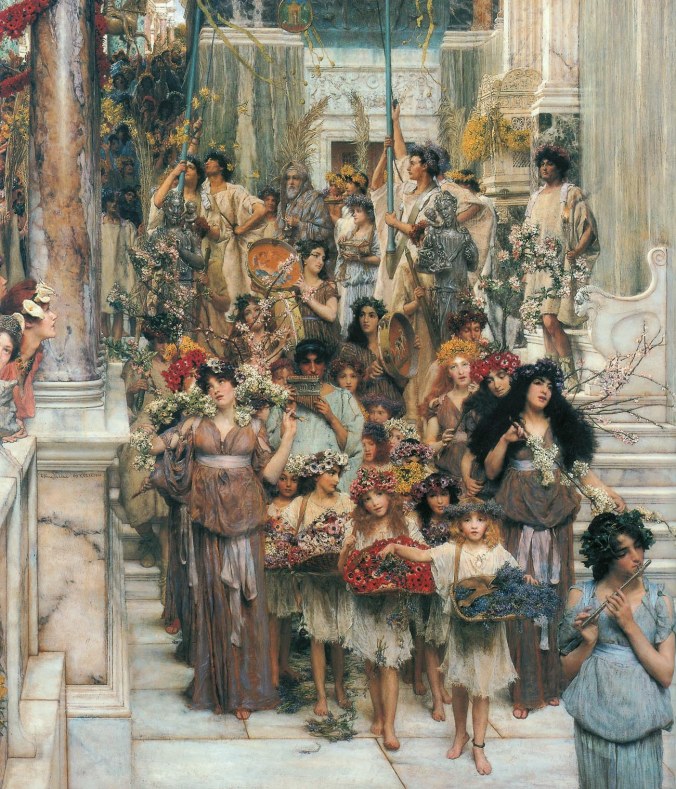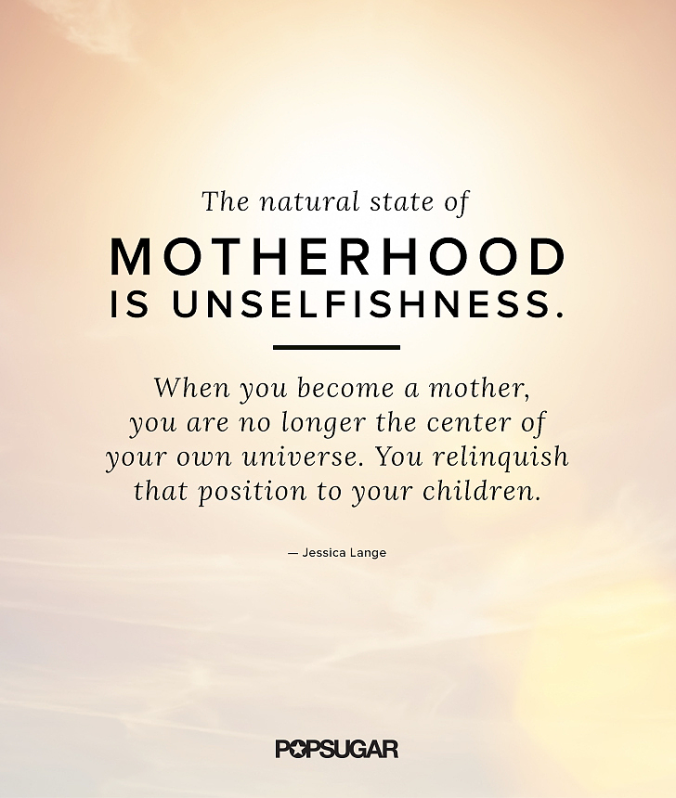“A sandwich and a cup of coffee, and then off to violin-land, where all is sweetness and delicacy and harmony.” ~ Arthur Conan-Doyle (The Adventures of Sherlock Holmes)
I’m excited to share the sublime music of Pablo de Sarasate with you. He’s one of my favourite composers of 19th century romantic violin music. His tunes are so evocative of his Spanish homeland, but more than that, they are infused with virtuosic flair, memorable folk tune melodies and romantic lyricism.
Every time I hear his music my heart flutters…especially when played with a colourful tone and expressiveness.
His music always transports me to another time and reality; a place filled with Mediterranean warmth, caballeros, siestas inside white washed houses topped with cinnamon coloured terracotta tiles, dramatic mountain scenery, cicada filled olive groves, dusty plains and shimmering beaches sprawling under pinky red streaked skies; illuminating a vast land with the effulgence of a romantic Spanish sunset. Ah, I think I got a little carried away there…
You never get the feeling that he sacrificed a good tune for the sake of showing off, he managed to seamlessly integrate technique, flair and melody.
He may not have written a violin concerto, but his repertoire of fifty seven brilliant compositions for violin and piano and or orchestra more than make up for it.
Pablo de Sarasate: 10 March 1844 – 20 September 1908
Born with a spectacular name entirely befitting his talents, Pablo Martín Melitón de Sarasate y Navazcués, grew up in the city of Pamplona in Spain’s northern province of Navarre.
He must have imbibed the fiery atmosphere of the San Fermin Festival and the “Running of the Bulls” every summer, and somehow transmuted all that thrill, tradition and dangerous daring of nature into his music.
Famed for his own romantic and virtuosic performances, one can only marvel at his brilliance. His music is mostly for advanced violinists because that was his skill level on the instrument. No shirking for Pablo; or indeed us wannabe virtuosos for that matter!
Sarasate’s genius on the fingerboard influenced many well-known composers. The French romantic composer, Camille Saint-Saëns, wrote and dedicated his third Violin Concerto and the Introduction and Rondo Capriccioso in A minor for him.
Jascha Heiftez blows me away with this performance:
Other compositions written in his honour include Lalo’s Symphonie Espagnole, Bruch’s Scottish Fantasy and Wieniawski’s Second Violin Concerto. Sarasate’s style of performing had a direct impact on how other composers of the era formed their violin solo passages.
The early days
Spain’s cherished and foremost violinist/composer began lessons at the age of five, being taught initially by his father who was a bandmaster. He gave his first concert at the age of eight, which secured him patronage to study in Madrid under Manuel Rodríguez Saez, where he became popular with Queen Isabella II of Spain.
At the age of twelve he was sent for tutelage under Jean-Delphin Alard at the Paris Conservatoire, but the journey from Pamplona to Paris proved to be a tragic one. Soon after their train had crossed the border into France, Sarasate’s mother died of a heart attack and Pablo himself was found to be suffering from Cholera. Fortunately he recovered and was able to continue his studies. In 1861 he won first prize in the prestigious Premier Prix in Paris.
Thus began his touring soloist’s career. He was one of the early recording artists also, with a performance in 1904 that prompted a reviewer to write he had “the fleetest fingers and bow arm in the history of recorded sound”.
Not only was he popular in London and Europe, but he also toured America, South Africa and Asia.
Operatic inspiration
In his early career Sarasate performed mostly opera fantasies, including his evocative and beautiful Carmen Fantasy based on Georges Bizet’s seductive and passionate opera, Carmen.
It’s technically very challenging and demanding (as you would expect from a violinist of his caliber), containing elements and adaptations from the Aragonaise, Habanera, an interlude, Seguidilla, and the Gypsy Dance.
Inspired by Sarasate’s work, film composer Franz Waxman wrote a similar piece, his Carmen Fantasie in 1946, which I also adore.
It would be remiss of me not include some stratospheric performances of his Opus 25!
Gil Shaham shows us how it’s done:
I also love Itzhak Perlman:
And of course, it would be rude not to feature this stunning performance by Maxim Vengerov of Waxman’s Sarasate inspired version of Carmen:
Other Operatic Fantasies
The Magic Flute Fantasy with Gil Shaham:
Faust Fantasy, Op. 13- Pablo de Sarasate Gil Shaham:
Fantasy on Mozart’s Don Giovanni (performer unknown):
Concert Fantasy on Gounod’s Romeo et Juliette, Op. 5:
Gypsy Airs (Zigeunerweisen), Opus 20
Zigeunerweisen is Sarasate’s most popular composition, and was written for violin and orchestra in 1878 and premiered the same year in Leipzig. It features the themes of the Roma people, and in part also the csárdás, which was ‘borrowed’ from a theme previously used in Franz Liszt’s Hungarian Rhapsody No. 13, composed in 1847.
Sarasate recorded his best loved work in 1904, but since then it has been recorded by many violinists, being a popular stalwart of the virtuoso’s repertoire.
Technical data courtesy of Wikipedia.
Zigeunerweisen is in one movement but can be divided into four sections, the first three in the key of C minor and the last in A minor, based on the tempi:
Moderato – An imposing, virtuosic introduction with slow majestic energy by the orchestra, then a little softer by the violin itself.
Lento – The violin plays in lugubrious lento 4/4. This section has an improvisational quality; the melody, which essentially consists of pairs of 4-bar phrases, is punctuated with difficult runs and other technically demanding figures, including flying spiccato and ricochet bowings.
Un poco più lento – The muted soloist plays a melancholic melody with the so-called reverse-applied dotted note (1/16 + dotted 1/8 rhythm), akin to the “Mannheim sigh” of the classical era; in 2/4 time.
Allegro molto vivace – At this point, the piece becomes extremely rapid. The challenging solo part consists mainly of long spiccato runs, along with double stops, artificial harmonics and left-hand pizzicato; in 2/4 time.
This is undoubtedly my favourite from Sarasate’s romantic oeuvre, and I love this exquisite performance by Belgian violin ace Arthur Grumiaux:
The inimitable Itzhak Perlman:
The shortened vintage version recorded by Sarasate in 1904:
I can’t forget Jascha Heifetz either!!
The Duo Toivio recorded a beautiful transcription for cello and piano:
This arrangement for double bass and guitar with Edgar Meyer and Béla Fleck is lovely:
And perhaps even more impressive is the amazing duo of two violins and piano. Hyun-su Shin and Clara Jumi Kang display perfect timing and intonation in their stylistic duet:
Sarasate lived the latter part of his life in Paris, in a home that had been decorated by none other than the American Post-Impressionist artist James Abbott McNeill Whistler, who also painted a wonderful portrait of him at the same time.
Now quite wealthy he purchased a holiday home, a villa in Biarritz, but would return to Pamplona for the festival every year.
It seems to me from his paintings and photographs that he dressed impeccably, and was ever the perfect gentleman. Sarasate and his music belonged to a romantic era. I’m sure he must have had no shortage of female admirers, but, for whatever reason, he remained a bachelor. No woman could have taken the place of his beloved violin…
His renown as a performer has been immortalised in print, with mentions in plots by novelists Arthur Conan-Doyle, Anthony Burgess and Edith Wharton.
The Sarasate Stradivarius
Pablo played on a 1724 Golden Period Stradivarius, which was bequeathed to the Musee de la Musique at the Paris Conservatoire after his death in 1908, and is now aptly named after their star student, the Sarasate Stradivarius.
His second violin was also a Stradivarius, the 1713 Boissier, which is now owned by Real Conservatorio Superior de Música, Madrid, where he studied as a boy.
Here’s a selection of his beautiful, Spanish themed compositions.
Airs Espagnols – great feisty interpretation, but the performers are unknown as they are not mentioned:
Habanera by Itzhak Perlman:
Malagueña Op. 21, No. 1 (Spanish Dances) by Yehudi Menuhin:
Introduction and Tarantelle, Heifetz:
Spanish Dances Op. 22, No. 1 Romanza Andaluza, Leonid Kogan:
Caprice Basque, Op. 24, Itzhak Perlman:
¡Viva Sevilla! Op. 38 (performer unknown):
‘Navarra’ for 2 Violins. Husband and wife team Gil Shaham & Adele Anthony:
Zapateado performed by Henryk Szeryng:
Zortzico Op. 39 with David Oistrakh:
El Canto del Ruiseñor, (song of the nightingale) Ruggiero Ricci:
Nocturnes:
Les Adieux, Op. 9 Tianwa Yang:
George Bernard Shaw once said that though there were many composers of music for the violin, there were but few composers of violin music. But of Sarasate’s talents, both as performer and composer, he said that he “left criticism gasping miles behind him.”
Hasta la próxima vez amigos. ¡Felices Pascuas!



